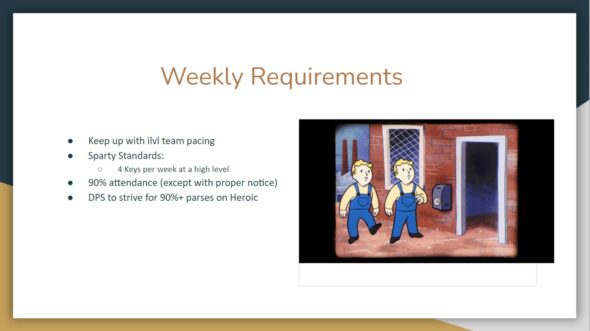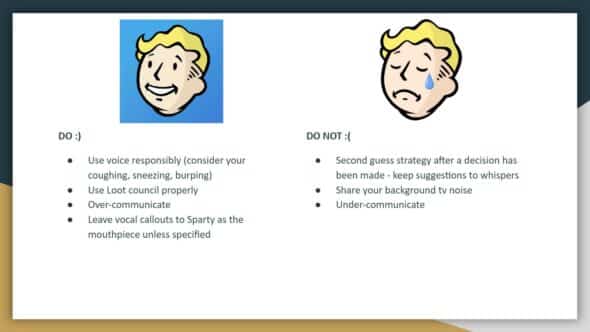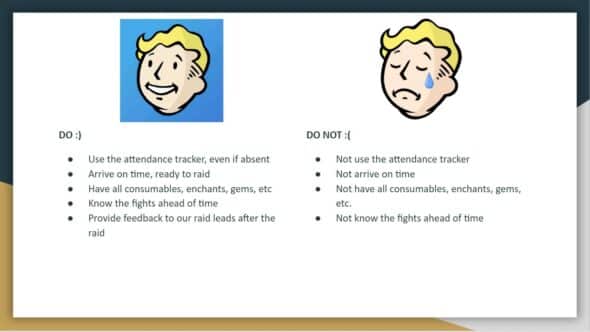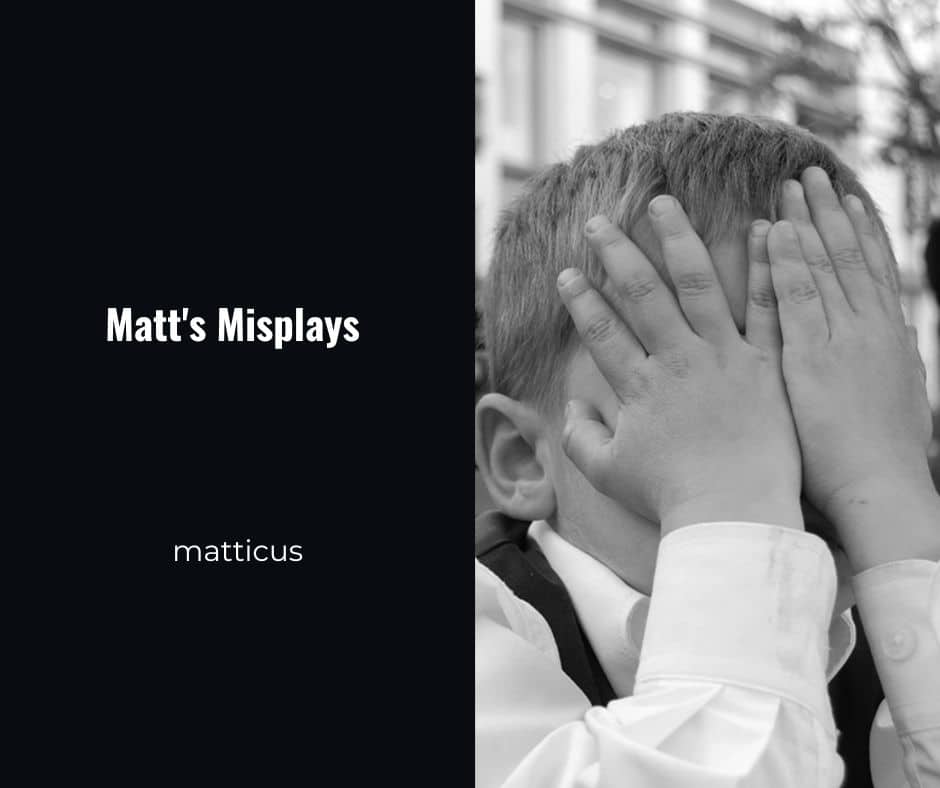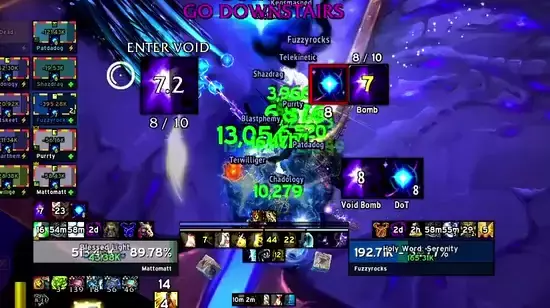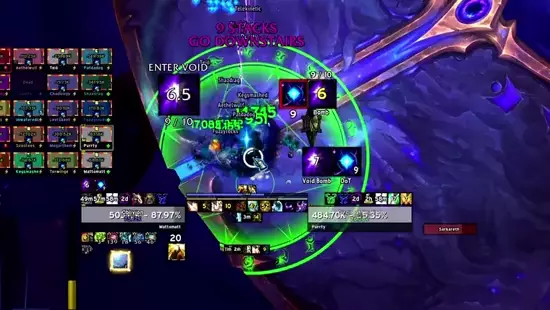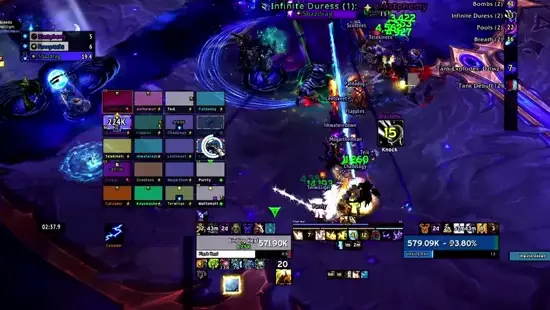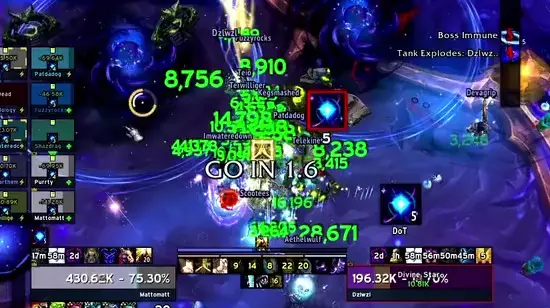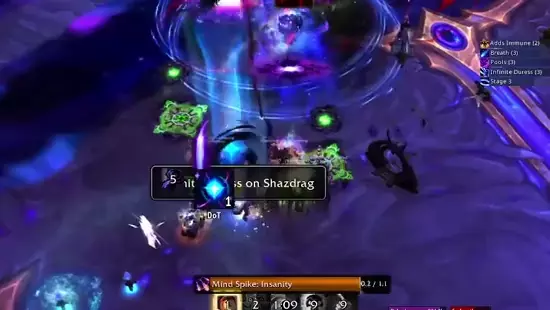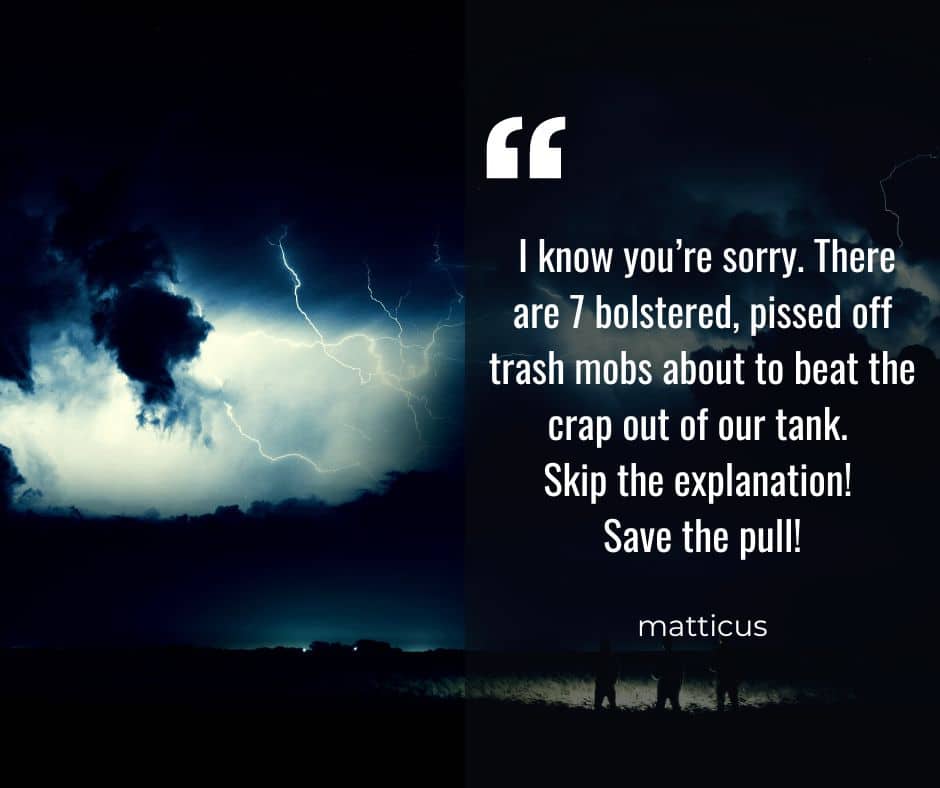“If you aim for nothing, you’ll hit nothing.”
– Wise Auntie from Shang-Chi, probably not a raider, but definitely right.
One of the most important lessons I’ve learned as a raid leader is that without a clearly defined goal, your team will drift. People will show up, pull bosses, and maybe even have fun. Without direction, they won’t improve. They won’t grow. They won’t know what they’re working toward. One of our community teams, which has historically been an AotC team, is looking to advance upward into some Mythic progression. I applaud that, and it’s refreshing to hear that they’ve already laid out their goals to get started.
If your team isn’t aiming for anything, it’s going to hit… nothing.
Know What You’re Raiding For
There are all sorts of raid teams in World of Warcraft:
- Social teams who raid casually for fun and vibes.
- AOTC-focused teams who want to clear Heroic each tier.
- Mid Mythic teams who want to push beyond Heroic and have the skill to do it, but don’t want to invest the effort to go beyond the first several Mythic bosses.
- CE-pushing teams who plan their season with spreadsheets and sigh deeply when they see someone under cap on crests.
All of those are fine. What’s not fine is not knowing which one you are.
Your team’s culture, recruitment strategy, loot rules, bench policies, and expectations all stem from one thing: that team goal. If your goal is CE, you should build and operate like a CE team. If your goal is fun and friends, structure the team to reflect that. Teams aiming for playoffs will have different goals compared to teams vying for the Super Bowl.
Build Your Roster Around Your Goal
Your roster should match your ambition:
- Want CE? Then you need reliable attendance, motivated players, and a clear process for holding people accountable.
- Just looking to chill and clear Normal/Heroic? Then don’t burn out your team trying to copy Limit’s starts or min-max every comp detail.
Misalignment between your roster and your goal leads to frustration on both ends. Raiders feel like they’re pushing too hard (or not hard enough), and leadership gets stuck in an endless cycle of plugging holes instead of building something lasting.
Set Micro Goals Along the Way
Big goals can be scary. “Get CE” sounds great until you’re 120 wipes into a mid-tier boss, wondering if your sanity is still intact.
That’s where micro goals help per boss:
- Improve Phase 2 positioning consistency
- Increase overall raid survivability percentage (that would be the deaths tab in Warcraft Logs)
- Reduce deaths to whatever boss mechanic over the next raid night
- Pop Mug’zee mines with no deaths, and ensure all soaks are accounted for
These give your team something measurable to work toward each night, and they help keep morale up even when progression is slow.
Communicate It Constantly
Once your goals are set, talk about them. A lot. Drill the team relentlessly over the course of the raid night. Reiterate them during recruitment. Remind your team in Discord. Post them in your strategy doc. Goals lose power when they’re vague or hidden.
People can’t commit to something they don’t understand. If you make the goal visible and consistent, your team will start moving toward it (even if it’s slow at first).
Final Thoughts
Your raid team doesn’t need to be Liquid. Or Echo, for that matter. But you do need to know what you’re aiming for. A shared goal gives your team direction, unity, and purpose. These are the foundations of any successful group, whether you’re pushing CE or just trying to have a good time on raid nights.
Aim high. Aim clearly. Just don’t aim for nothing.

